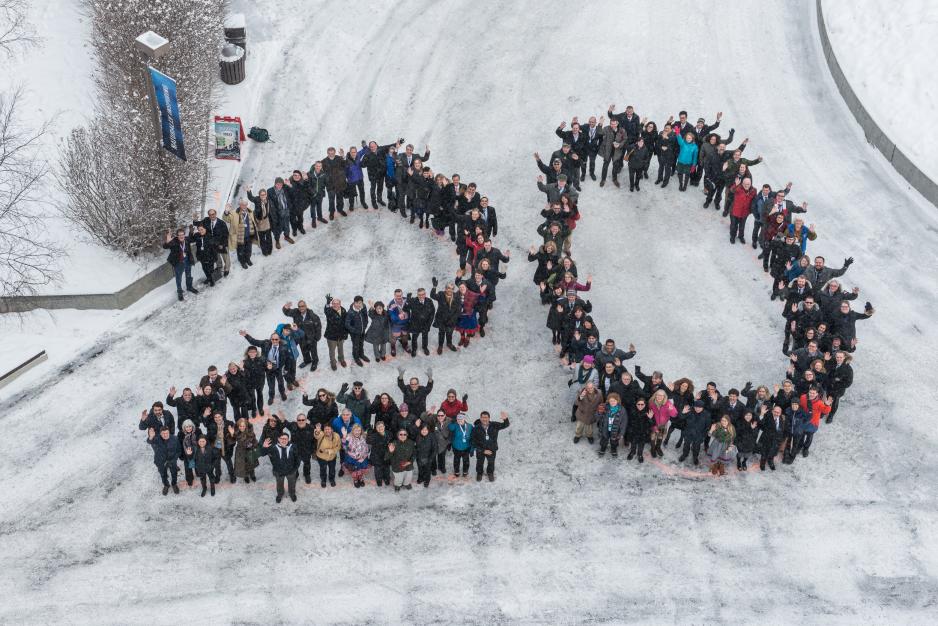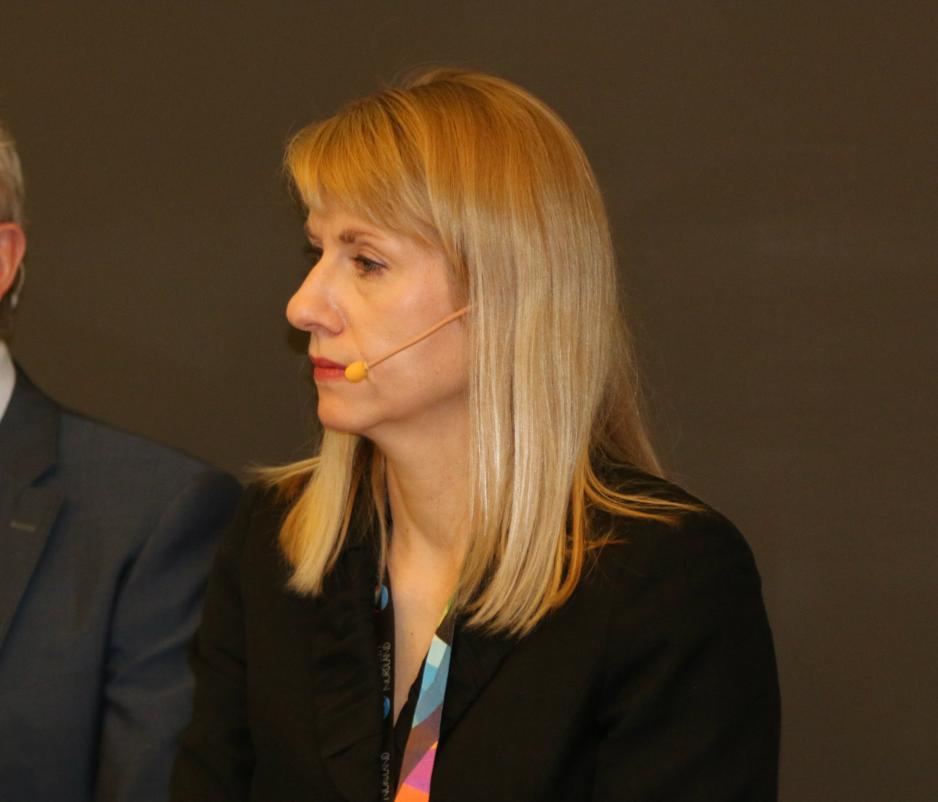Arctic Council due for a change

Now in its twentieth year, the Arctic Council is due for revitalization This is the conclusion of two new reports from the think tanks CSIS in Washington and FNI in Oslo. However, a general consensus about how the organization should look at its next milestone is a long way off.
Norwegian version here.
When the Arctic Council was established in 1996, it received a restricted mandate with a focus on research and the environment. The Arctic was a field for the enthusiasts only. Today, the High North is a global affair, and the work of the Arctic Council is watched from all corners.
These changes are evident in the long list of non-Arctic parties who want to participate in the work of the Arctic Council: Twelve states and 11 organizations have obtained observer status so far, while others have also expressed a desire to participate.
The eight Arctic states in the Arctic Council (USA, Russia, Canada, Norway, Sweden, Denmark, Finland and Iceland) are reluctant to open the work of the Arctic Council to non-Arctic states and organizations, but they are under pressure to both admit new observors and to allow these observors new levels of participation in the Council's work.
New reports
Two influential think tanks have recently analyzed the challenges the Arctic Council faces at the commencement of its thrid decade. Both the Centre for Strategic and International Studies (CSIS) in Washington and the Fridtjof Nansen Institute (FNI) in Oslo believe it is necessary to consider changes to the Arctic Council's structure, working methods and participants, although the two reach different conclusions about how such changes should be implemented.
While CSIS warns that the Arctic Council risks becoming irrelevant if penetrative change is not implemented in the near future, FNI highlights that the existence of significant disagreement between the Arctic parties regarding change suggests a more gradual and circumspect approach.
Comprehensive reform
The report "An Arctic Redesign", written by Heather Conley, the director of CSIS’s Arctic programme, and researcher Matthew Melino, was recently presented in Washington. In the report, which is developed with support from Finland following roundtable discussions in Washington and Helsinki, Conley argues for the implementation of comprehensive reforms to ensure that the Arctic Council avoids losing the battle for influence and attention in the north.
The challenges presented by climate change, economic development and a changed security situation mean that the Arctic Council has to think new and bigger. CSIS outlines several possible scenarios for the near future, and points to security policy as a possible aspect of the Council’s future work.
"The Arctic Council has fulfilled its role as it was defined in 1996. But the time has come to look at how the Council can ensure its relevance for the next 20 years. The report is a contribution to thinking non-traditionally and “out of the box”," says Conley to HNN.
Significant disagreement
The Fridtjof Nansen Institute (FNI) seeks innovative thinking about the Arctic Council. As the background for the report “The Arctic Council: Vision, structure and participation”, senior researcher Svein Vigeland Rottem interviewed Arctic representatives from Norway, Denmark, USA and Canada. FNI argues that the Arctic Council needs change, and recommends measures for strengthening coordination and establishing a clearer vision in the work to come.
However, as Rottem highlights, there is significant disagreement about which aspects of the Council should be the subject of change and to which degree, a situation which discourages the prescription of specific solutions.
Must play bigger strategic role
More significant strategic role
Norway’s Arctic Ambassador Else-Berit Eikeland agrees with the researchers that the Arctic Council needs revitalisation, and calls the report interesting.
"It will be important to find a more significant strategic role for the Arctic Council. It all started with cooperation on the environment and science, and development has been a "bottom-up" process. Now that the world has changed, we must dare to think anew. We need a broad perspective, and we must think carefully about what we in the Arctic countries want from the Arctic Council," says Eikeland to HNN.
Scenarios
CSIS outlines four possible scenarios for the work of the Arctic Council over the coming years:
- Continue as before, maintain the Council’s limited mandate and participation.
- Implement limited changes, which clarify the status of observers and hold member and observers states to account should they fail to deliver upon the Council’s recommendations.
- Maintain the Arctic Council’s focus on the environment but allow the Council to coordinate other Arctic decision-making bodies, such as the Arctic Economic Forum and the Arctic Coast Guard Forum.
- Completely new structure for the Arctic Council, where one creates an organisation for security and cooperation after the OSCE (Organisation for Security and Cooperation in Europe) model, and agree upon a mandate that comprises economic, environmental and security policy aspects.
One of CSIS’s main points is the possibility of other forums with broader participation taking over the leader role in the Arctic context, should the Arctic Council fail to carry out necessary changes. The report highlights the US-lead GLACIER Conference in Alaska in 2015 and the Arctic Circle in Iceland as examples of the sidelining of the Arctic Council by member states in arenas where greater international participation and attention are aims.
CSIS is critical to whether the reforms being carried out within the Arctic Council will produce meaningful change, and questions whether the Council will be able to achieve more than discrete adjustments in the years to come.
Needs a clearer vision
FNI’s report highlights the need for a clearer vision for the Arctic Council’s future work, and the necessity of better coordination between the large number of parties involved in the Arctic. FNI recommends a regular Arctic summit in order to look ahead and agree on governing priorities for future work.
The report also recommends that the Council appoint an expert committee to look at coordination, overlapping focus areas and possible restructuring of working group activities. At the same time, it is necessary to consider the “extreme variation” in opinion about which measures are necessary, and FNI highlights that structural change cannot be implemented without a thorough review. The report reveals signification coordination challenges on the national level, and recommends that the chairmanship, which rotates biennially, arrange an annual "Arctic Week” to draw attention to the work of the Council and to strengthen coordination between Arctic parties, nationally and internationally.
The Arctic Ambassador Eikeland highlights that the Arctic Council has discussed changes to the Council’s work over a long period of time, and argues that the US chairmanship is doing a good job driving that process forward.
"We must develop a broader agenda for the Arctic Council. We should have a governing perspective and involve all parties. But the Council must remain a peaceful and consensus-based forum for cooperation," she says.

